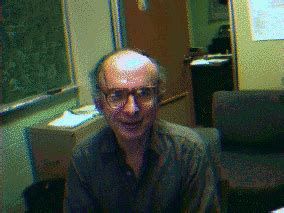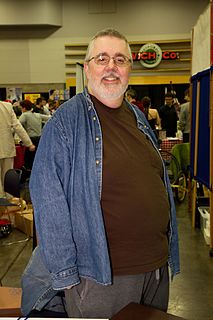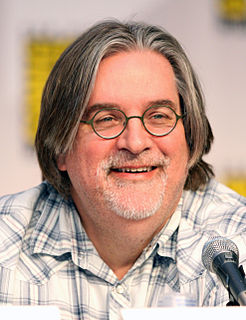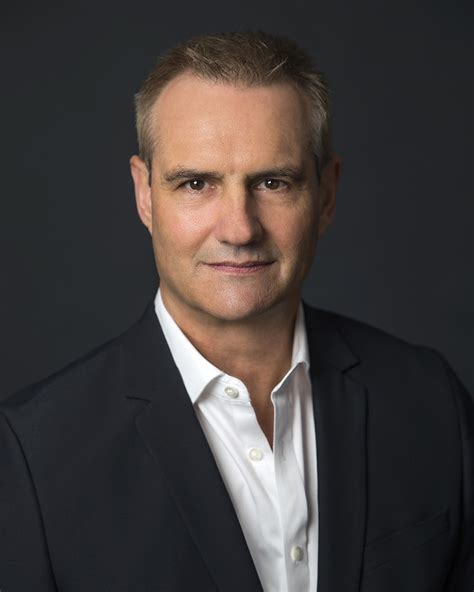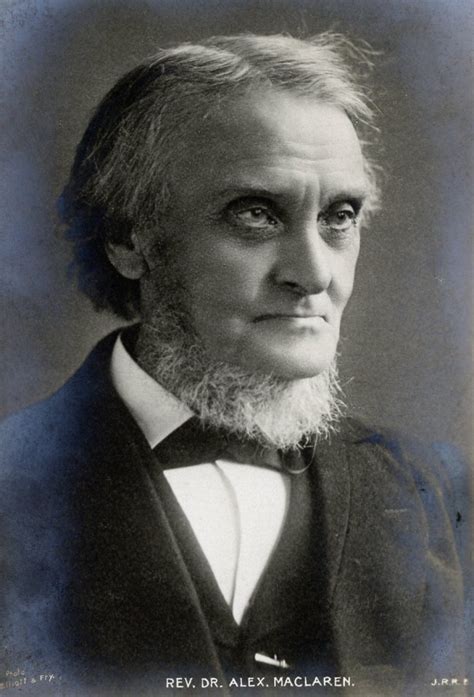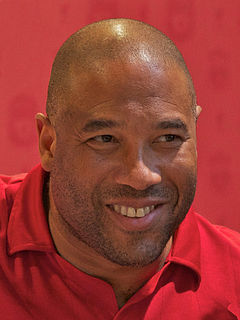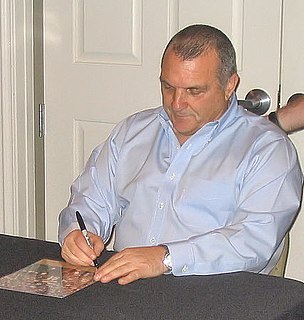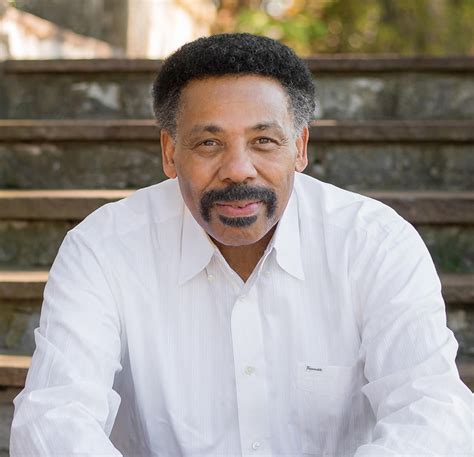A Quote by Hans Christian von Baeyer
If you don't understand something, break it apart; reduce it to its components. Since they are simpler than the whole,you have a much better chance of understanding them; and when you have succeeded in doing that, put the whole thing back together again.
Related Quotes
In most ecological systems you have a composite, biotic components as well as abiotic components acting together to form a whole, whereas in a human built environment most of the components are abiotic or they are inorganic. One of the first things we need to do is to complement the inorganic components with more organic components, and to make them interact to form a whole.
It strikes me that the only reason to take apart a pocket watch, or a car engine, aside from the simple delight of disassembly, is to find out how it works. To understand it, so you can put it back together again better than before, or build a new one that goes beyond what the old one could do. We've been taking apart the superhero for ten years or more; it's time to put it back together and wind it up, time to take it out on the road and floor it, see what it'll do.
Sometimes just to paint a head you have to give up the whole figure. To paint a leaf, you have to sacrifice the whole landscape. It might seem like you're limiting yourself at first, but after a while you realize that having a quarter of an inch of something you have a better chance of holding on to a certain feeling of the universe than if you pretended to be doing the whole sky.
We created a whole lot of millionaires to boot. Businesses did just fine. And you know there are plenty of patriotic, successful Americans all across the country -- I meet them every day -- who'd be willing to make this contribution again because they understand there is such a thing as the common good. They understand that we're in this thing together.
When someone leaves you, apart from missing them, apart from the fact that the whole little world you've created together collapses, and that everything you see or do reminds you of them, the worst is the thought that they tried you out and, in the end, the whole sum of parts adds up to you got stamped REJECT by the one you love. How can you not be left with the personal confidence of a passed over British Rail sandwich?
Here are the things I know for sure: When you think you're right, you are most likely wrong. Things that break - be they bones, hearts, or promises - can be put back together but will never really be whole. And, in spite of what I said, you can miss a person you've never known. I learn this over and over again.
Let me give you a few simple rules for learning to draw. First, see of what shape the whole thing is. Next, put in the line that marks the movement of the whole. Don't have more than one movement in a figure; you can't patch parts together. Simple lines; then simple values. Establish the fact of the whole. Is it square, oblong, cube, or what is it?
